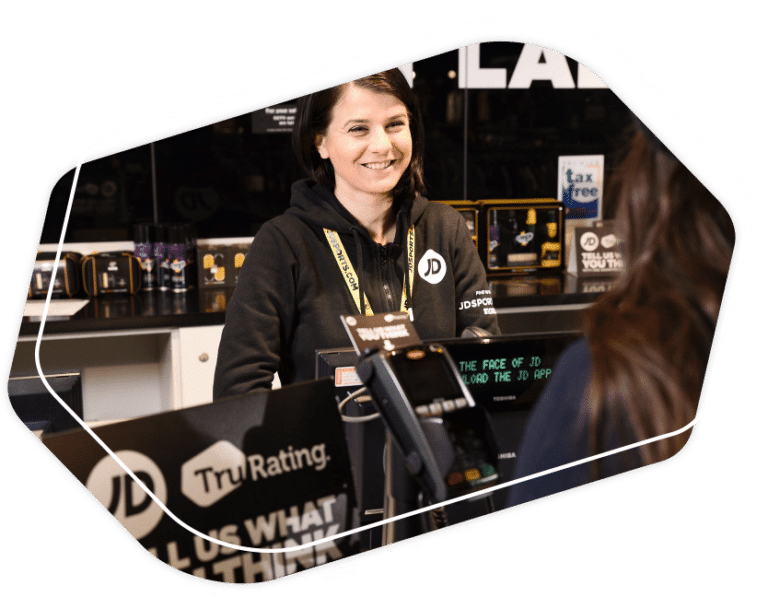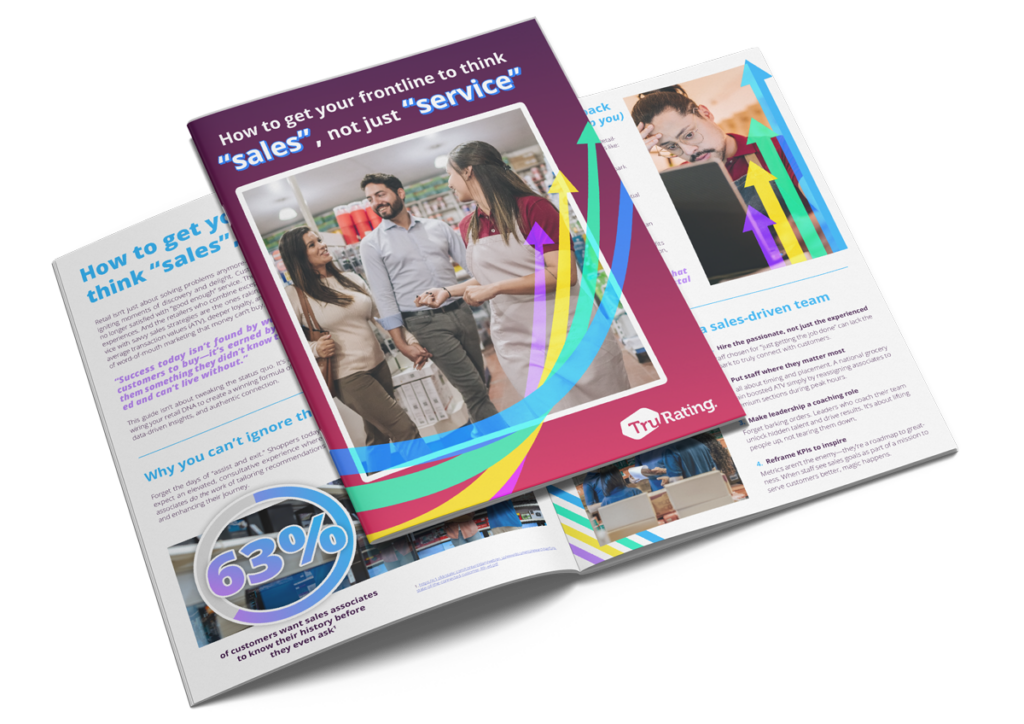IIn 2019, the term “customer experience” was mentioned over 2,500 times on US earnings calls—five times more than in 2008. While this growth has been celebrated within the industry, the average shopper may still wonder: what’s in it for me?
In May, The Wall Street Journal published an article titled ‘The Dubious Management Fad Sweeping Corporate America‘. The article explored the widespread use of traditional single-digit measurements and their role in modern boardrooms. It raised an important question: why are these tools so popular in the first place?
Before traditional single-digit measurements
Before traditional single-digit measurements became mainstream, customer experience wasn’t really measured. Retailers primarily relied on sales figures and same-store growth to assess performance. What customers actually felt about their experience was not a top concern.
Tools like OSAT brought customer experience to the attention of the C-suite by offering a simple way to quantify it. The concept was simple: improve the score, and revenue would increase. Or so the thinking went.
The problem with customer experience today
While traditional single-digit measurement systems brought attention to CX, they did not drive a rapid transformation in how retailers approached it. Many companies today still see CX as a mere checkbox exercise. This stagnation highlights the shortcomings of traditional CX programs, which generally suffer from four common issues:
- No clear link to revenue.
- Lack of support for the rapid innovation needs of modern retail.
- Limited actionable insight.
- No connection to store-level experience.
Many businesses that once had high scores on these traditional measurement scales have seen their performance stall. The in-store experience remains crucial, but the way most businesses measure it is failing both companies and their customers.
Measuring performance
While traditional single-digit measurements are often touted as a comprehensive performance metric, they frequently fail to correlate strongly with other important metrics, especially in premium or exclusive markets. This indicates that customers might consider factors beyond fundamental business performance, such as brand image and personal perception, when answering the question.
Direction for change and improvement
One of the most critical shortcomings of traditional single-digit measurement is its lagging nature. When results are collected, analyzed, and presented, many factors may have changed, making it difficult to take timely actions that would lead to improvements.
Benchmarking challenges
Benchmarking against external competitors using traditional single-digit measurement can also be problematic. Different businesses inherently possess advantages or disadvantages based on factors like exclusivity, sustainability, and regional culture, making direct comparisons unreliable.
The limitations of single-digit measurement
The most widely used single-digit measurement system was introduced by a consultant from Bain & Co. in 2003 as a way to measure customer satisfaction and its correlation with sales growth. The method typically involves a simple one-question survey asking customers to rate their experience on a scale from 0-10. The score is calculated by subtracting the percentage of detractors (those who score between 0-6) from the percentage of promoters (those who score 9 or 10). Passives (scores of 7 or 8) are left out of the calculation.
While this score has become popular in corporate boardrooms across the U.S., it is not without its critics. The Wall Street Journal article raised questions about the “cultlike” following that this type of measurement has garnered. Although it stopped short of calling the tool ineffective, it hinted at its limitations, especially in offering actionable insights.
The appeal of this traditional single-digit measurement system lies in its simplicity. A high score gives executives a seemingly straightforward goal: “Push the score up and profits follow.” However, while the score may serve as a superficial indicator of performance, it often fails to provide insights into where a business should focus its energy.
Even when expanded versions of the measurement include follow-up questions, response rates are usually too low—sometimes as little as 5%—to offer a realistic picture of customer sentiment. As a result, companies that try to “manage to the metric” often find themselves achieving high scores without necessarily improving customer experience or driving business growth.
Why TruRating outperforms traditional measurements system
At TruRating, we understand that customer experience is multifaceted, and a single question can’t capture the full picture. While traditional single-digit measurements can give a rough idea of customer satisfaction, it lacks the depth needed to drive meaningful change.
Our platform goes beyond the simplicity of traditional tools by offering businesses a comprehensive view of customer sentiment. Instead of relying on a single score, TruRating tracks customer experience across multiple touchpoints and provides businesses with up to 80%+ response rates. This high engagement ensures that our data represents a far more accurate reflection of customer feelings.
More importantly, TruRating is not just a measurement tool—it’s an actionable solution. Our platform allows businesses to ask specific questions tied to real-time initiatives, helping them make targeted improvements that directly link to revenue. Whether you’re looking to enhance a particular aspect of the in-store experience or optimize for long-term customer retention, our platform gives you the insight and flexibility to take action.
The future of CX
Context is crucial to understanding customer sentiment—something that traditional single-digit measurement often overlooks. In our work at TruRating, we’ve found that similar spending habits among “Indifferent” and “Promoter” customers reveal that traditional scores are not always reliable indicators of immediate spending behavior. Only when we look at long-term trends can we see a clearer relationship between promoters and repeat visits.
Our platform bridges this gap. A traditional score may hold little relevance for businesses that rely on high-value, one-time transactions. However, with TruRating, companies get a much more nuanced understanding of their customers, enabling them to take decisive action that leads to sustainable growth.
In an era where customer experience can make or break a brand, relying on outdated, one-size-fits-all measurements is insufficient. Our customer feedback platform offers a smarter, more efficient way to understand your customers and drive real results. Let us help you turn customer insights into lasting business success.
Useful resource
- Predictive analytics in retail – examples and strategies
- Retail pricing optimization – strategies, models and examples
- Business intelligence in the retail industry – strategies and trends
- The difference between multichannel and omnichannel retailing
- What is a good response rate for customer satisfaction surveys












